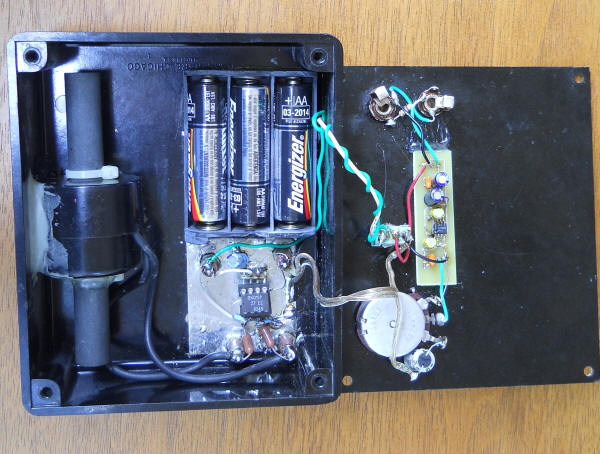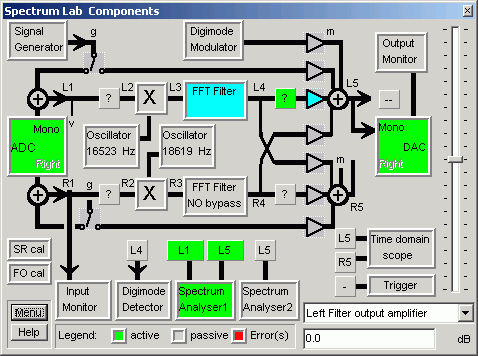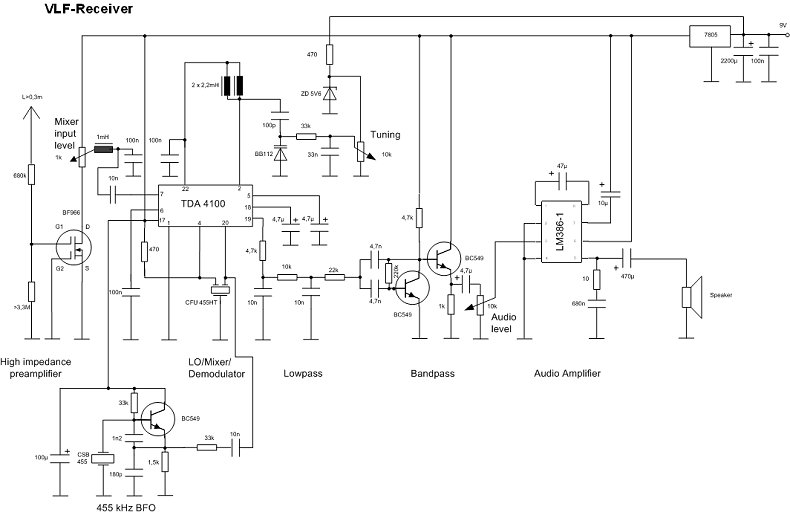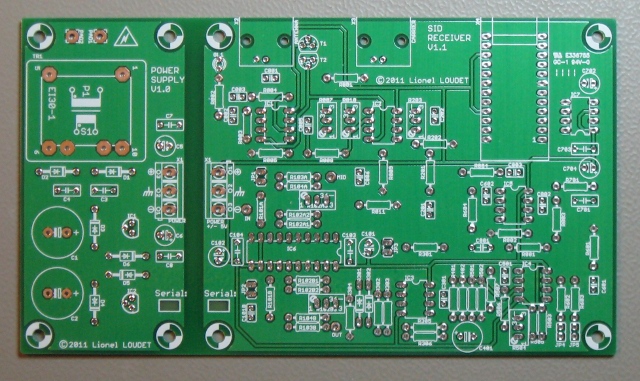

- #VLF RECEIVER SOUND CARD PORTABLE#
- #VLF RECEIVER SOUND CARD PC#
- #VLF RECEIVER SOUND CARD PROFESSIONAL#


#VLF RECEIVER SOUND CARD PORTABLE#
It's about the size of a small portable ham radio transceiver, such as the ICom IC706.
#VLF RECEIVER SOUND CARD PC#
It is its own separate box that sits on my desk, and connects to my PC via a USB cable.
#VLF RECEIVER SOUND CARD PROFESSIONAL#
This is a professional audio interface, with 24bit 192kHz ADC on the input and 24bit 192kHz DAC on the output. You see, this isn't an internal PCI soundcard, or even a small cheap USB sound dongle I bought on eBay. Second, my sound card already has an amplifier on its input, as part of the sound card hardware itself, and in fact has a manually adjustable potentiometer to vary its gain (which by the way is set so that the 60Hz AC waveform, the strongest signal by far, takes up about 50% of the maximum range or its ADC, to avoid getting even close to overdriving it), so no need for separate amplifier hardware. First, if I did that I'd overdrive the input of the sound card's ADC (analog to digital converter) with the 60Hz AC powerline tone, which is by far the strongest signal in the entire VLF spectrum. So antenna goes into the amplifier's input and the output of the amplifier goes into the sound card. Given that my assumption has turned out to be incorrect, it looks like I will need an amplifier that works at 60kHz. So given this, the signal should be of decent strength in most parts of the US, meaning that a simple sound card with wide enough bandwidth (I'm using a 192kHz sample rate sound card, so I get a 96kHz bandwidth) with a long wire sticking into its line-in port, should be enough to easily receive WWVB.

Given these factors, I assumed they compensated for all these losses by simple using a massive output amplifier to feed the transmitter antenna, outputting a signal of well over 1 gigawatt into the antenna. And the receiver antenna is even shorter, needing to be small enough to fit into a watch. And also considering that at 60kHz, there is no way to make a practical transmitter antenna for it (quarter wave antenna for 60kHz is 1.25km long!). I can't imagine that there's a really powerful amplifier in a tiny watch. Considering that a tiny wrist-watch is too small to have all the electronics packet into it that my sound card has, and also doesn't have room for anything like a 20 foot antenna (more like a couple millimeters long), and yet it can automatically set itself with the WWVB signal, suggests that there's something really weird going on here.


 0 kommentar(er)
0 kommentar(er)
